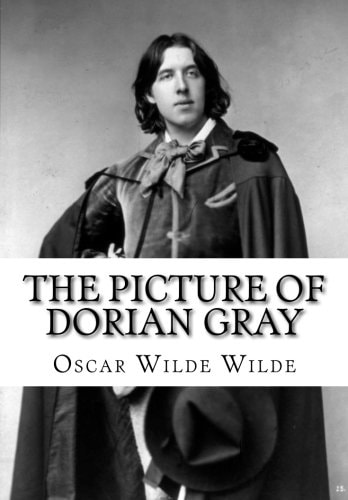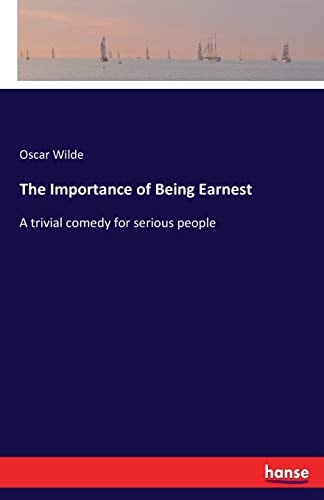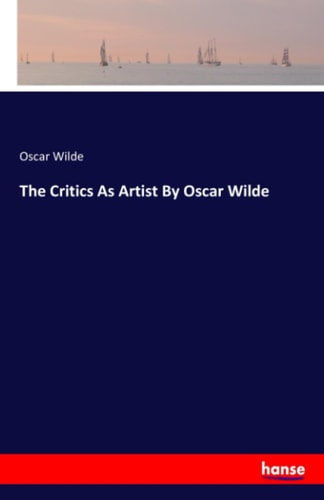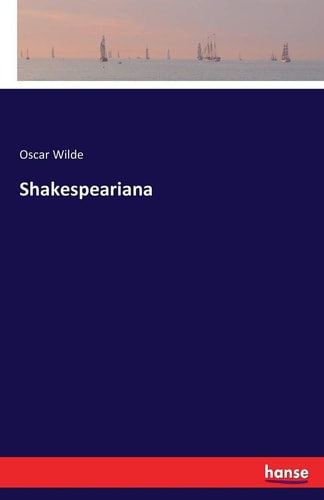
The Picture of Dorian Gray is a philosophical novel by Oscar Wilde, first published complete in the July 1890 issue of Lippincott's Monthly Magazine. The magazine's editor feared the story was indecent, and without Wilde's knowledge, deleted roughly five hundred words before publication. Despite that censorship, The Picture of Dorian Gray offended the moral sensibilities of British book reviewers, some of whom said that Oscar Wilde merited prosecution for violating the laws guarding the public morality. In response, Wilde aggressively defended his novel and art in correspondence with the British press, although he personally made excisions of some of the most controversial material when revising and lengthening the story for book publication the following year. The Picture of Dorian Gray begins on a beautiful summer day in Victorian era England, where Lord Henry Wotton, an opinionated man, is observing the sensitive artist Basil Hallward painting the portrait of Dorian Gray, a handsome young man who is Basil's ultimate muse. While sitting for the painting, Dorian listens to Lord Henry espousing his hedonistic world view, and begins to think that beauty is the only aspect of life worth pursuing. This prompts Dorian to wish that the painted image of himself would age instead of himself. Under the hedonist influence of Lord Henry, Dorian fully explores his sensuality. He discovers the actress Sibyl Vane, who performs Shakespeare plays in a dingy, working-class theatre. Dorian approaches and courts her, and soon proposes marriage. The enamoured Sibyl calls him "Prince Charming", and swoons with the happiness of being loved, but her protective brother, James warns that if "Prince Charming" harms her, he will murder Dorian Gray. Dorian invites Basil and Lord Henry to see Sibyl perform in Romeo and Juliet. Sibyl, too enamoured with Dorian to act, performs poorly, which makes both Basil and Lord Henry think Dorian has fallen in love with Sibyl because of her beauty instead





